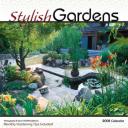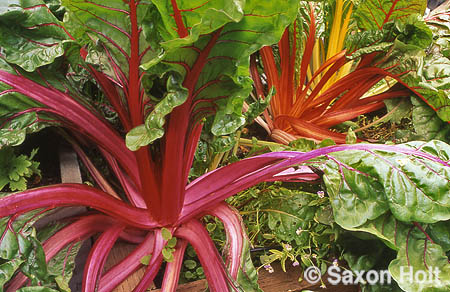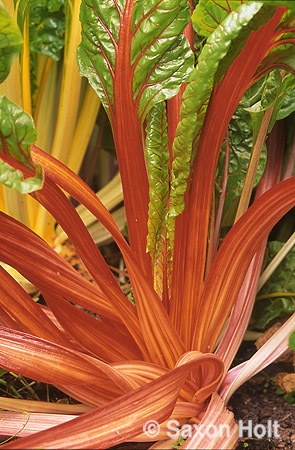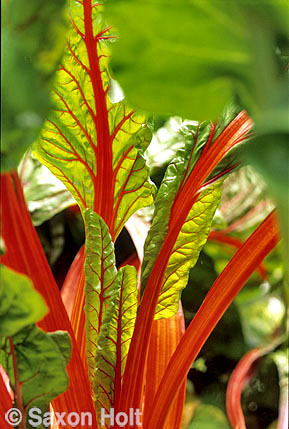What makes a good garden photo ? I get asked this every time I make a presentation and often feign ignorance, not simply out of coy self-effacement but because there are so many potential answers. Well then, how do you, mr. professional, take good photos ? I dunno, I just point my camera at what interests me and hope it comes out. You want an arteest to explain how he sees things ?
Rather than continue with this obfuscation I will share a few ways I do work. I am prompted by a recent Garden Club presentation where I shared photos from 2 recent Time Factory calendars which feature my garden photography. Crass plug: Order from my website.


The Garden Club wanted tips on garden photography so I figured that if a photo is in a calendar it must be good, and a fine place to start my ‘splainin’.
I have more than 200,000 photos in my library and in any given file many are similar. I take horizontals and verticals, close-up and wide, strait shots and adventuresome ones, all anticipating the different needs my various publishing clients may need. When I am deciding what to shoot, I am often trying to communicate something an author or editor has suggested, using the camera to find and reveal an essence. I will work the garden looking for that special shot which, if I find it, is invariably the last place I look. For once I find a special shot I stop looking, move on, refresh my brain and begin searching for something else.
On a shoot in a raised bed vegetable garden I came across these Rainbow Chard:

I was excited by the colors and knew I would spend some time working this, looking for the essence. The photo above is decent enough, the composition has complimentary shapes and colors, contrasting textures, interesting lines; but the lines, while interesting, don’t work tegether, the leaves are a bit chewed up, and the chard looks a bit ratty. It does show a bit of the raised bed and 3 colors of chard so I kept this photo out of the trash for its utilitarian potential.
Let’s get a little closer. When looking for stronger composition and working a scene, I find just getting closer will improve the photo. Simplify, don’t do too much.

This is little more interesting. The ratty leaves are hidden (the camera always lies), we see the more unusual orange veined chard, there are some nice lines in the stems but while this is a good photo it is not calendar quality. There is dead space in the lower right, the twisting movement of the stems leave the compostion somehow unfinished, and the colors, while brilliant, do not capture the life of the subject.
I work some more:
Ah, a calendar photo ! The trick that made it work was back light, the leaves now glow. The composition though complex, seems even simpler, down to a single color of chard, and single but now isolated plane of focus. The lines work together, the overall composition is just enough off center to give the photo a bit of edginess, and looking through the out of focus leaves in the upper foreground gives depth and intimacy to the composition.
These samples are only three of the 14 that live in my files of that chard bed. Each has its own message, but I clearly remember taking the last photograph. An ahha! moment and one that made me turn away from the bed. I got my essential photo (praying for no camera failure) and moved on, like a hunter who has bagged his limit.

